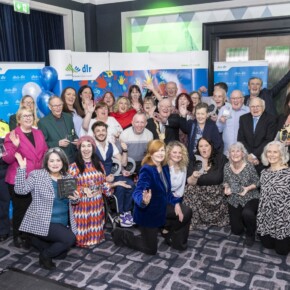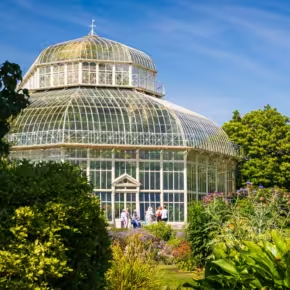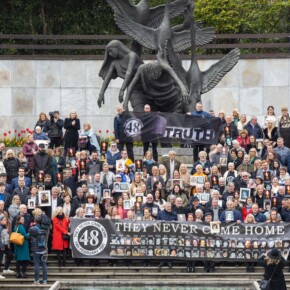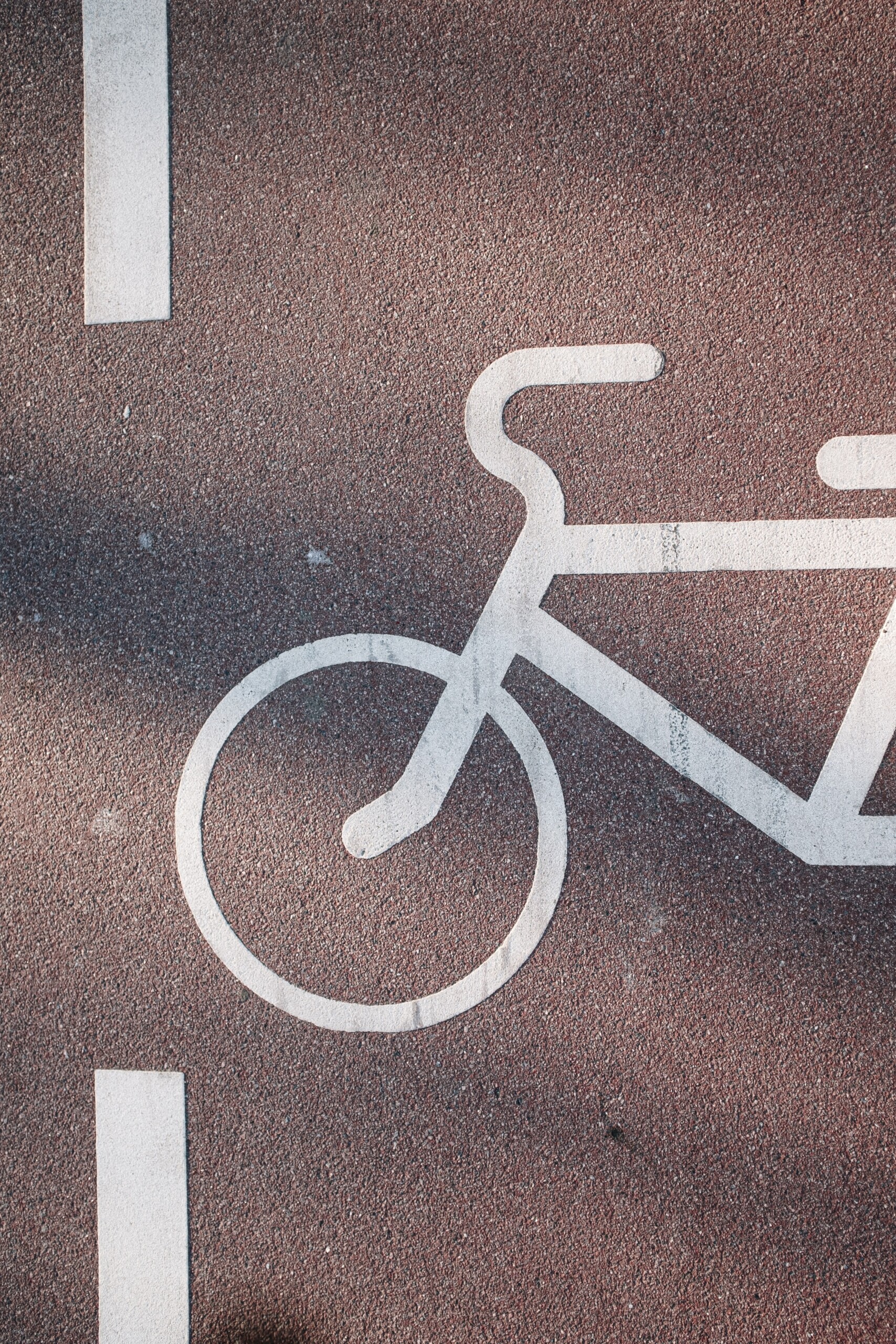As Space Week Ireland prepares for lift off next month, we look at the Irish Space Connection
Padraig Conlon 20 Sep 2023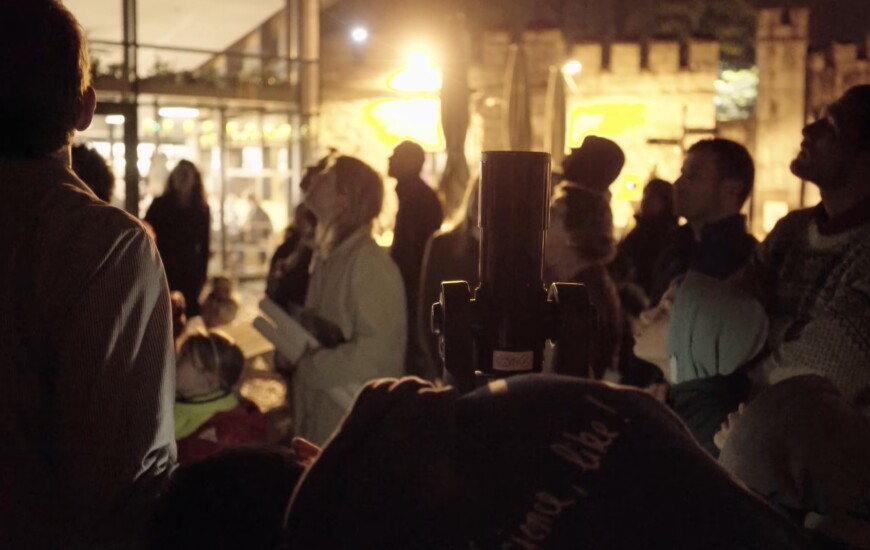
Space Week is fast approaching, and Irish stargazers are already planning to celebrate their passion for science by attending many of the out of this world events programmed all around the country from 4th to 10th October.
Space Week is funded by Science Foundation Ireland and coordinated by MTU Blackrock Castle Observatory.
The festival, which aims to ignite a passion for space science and inspire the next generation of scientists, engineers, and astronauts, coincides with World Space Week and is the nation’s premier celebration of space exploration and science.
Over the week, the public can explore a space-themed festival of events and a captivating series of workshops, lectures, exhibitions, throughout the country.
Rob O’ Sullivan, National Outreach Coordinator for Space Week Ireland said:
“It’s no surprise that Irish people are so enthusiastic about Space Week as Ireland has a rich, if somewhat underappreciated, history of contributing to the fields of astronomy and astrophysics.
“Some of these efforts have marked paradigm shifts that greatly advanced their respective fields.”
Let’s meet just a few of these historical heroes as we get ready to celebrate Ireland’s future in space:
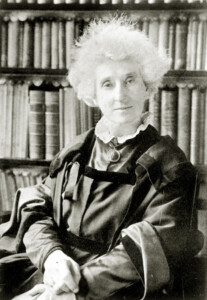
Margaret Lindsay Huggins (1848-1915)
Margaret Lindsay Huggins, along with her husband, William Huggins, contributed to the field of photographic research and astrophotography. Margaret did not receive formal training in astronomy, but instead educated herself using popular science books.
Margaret’s skill with photographic techniques would have proved invaluable to her husband’s research as photography of this type was notoriously difficult at the t
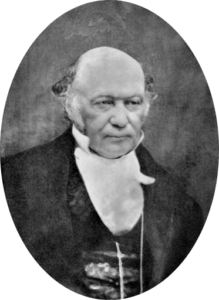
William Rowan Hamilton (1805-1865)
Hamilton was a highly respected mathematician from Dublin. While he didn’t consider himself to be a physicist, his work has nonetheless proved invaluable to many fields of physics.
He is most famous for ‘Quaternions’ – a system of four-dimensional numbers. Among other uses, quaternions enabled geometric calculations in three-dimensional space. This kind of mathematics is incredibly useful for studying rotation and helps overcome a problem called ‘Gimbal lock’. Gimbal lock occurs when an object has three rotational axes (Think x, y, and z). If two of the axes become aligned, the object can now only rotate along one axis.
This would have been a particular problem for spacecraft, but thanks to Hamilton’s quaternions, missions such as Apollo 11 were able to overcome this problem.
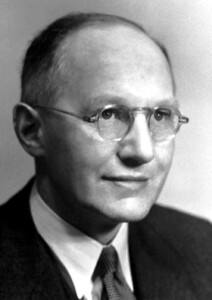
Ernest Thomas Sinton Walton (1903-1995)
Born in Dungarvan, County Waterford, Walton went on to make history with British scientist, John Douglas Cockcroft, by becoming the first person to split the atom.
Walton used high voltages to bombard samples of lithium with fast particles.
This process split the lithium atoms, forming lighter helium atoms. According to Walton, these helium atoms resembled “twinkling little stars”.
This also yielded the first experimental confirmation of Einstein’s assertion that E=mc2.
The combined mass of the two helium atoms formed by the experiment was less than the mass of the initial lithium atom. The missing mass was released as energy.
This work earned Walton and Cockcroft the 1951 Nobel Prize for Physics.
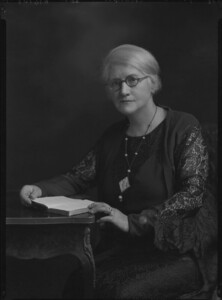
Annie Scott Dill Maunder (1868-1947)
Annie Maunder was an accomplished astronomer whose contributions to astronomy were made in spite of an environment of overwhelming gender discrimination.
Annie successfully applied to Girton College, Cambridge, but, due to the sexist restrictions of the time, Annie was not allowed to receive the degree that she had earned.
In 1891, she began working at the Greenwich Royal Observatory, where she would meet her collaborator and future husband, Walter. Following their marriage, Annie had to leave her job, as married women were not permitted to work in the public service at the time. Many of Annie’s contributions to popular journals were made in her husband’s name, to circumvent the oppressive gender norms of the day.
The couple recorded the first evidence of sunspot emergence and migration towards the equator over the course of a solar cycle (about 11 years) and, in 1898, Annie photographed the longest coronal streamer on record up to that point.
Annie also contributed to astronomy outreach by writing a popular science book, ‘The Heavens and Their Story’. Though her husband is listed as a co-author, he acknowledges in the preface that Annie did the majority of the work.
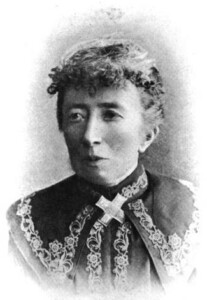
Agnes Mary Clerke (1842-1907)
Agnes Mary Clerke, from Skibbereen County Cork, was an astronomer and popular science writer.
While Agnes wrote many books, reviews, and articles, her most famous and impactful work was undoubtedly her book ‘A Popular History of Astronomy during the Nineteenth Century’.
Clerke believed that the field of astronomy should be accessible to everyone.
She went to far as to say the general public have an “indefeasible right of access” to the subject.
Clerke’s contribution to her field was so profound that, in 2017, the Royal Astronomical Society established the Agnes Clerke Medal for the History of Astronomy or Geophysics.
While this is a great accolade, perhaps the most impressive tribute to this great Irish astronomer is the fact that the Clerke crater on the Moon was named in her honour.
We’ve barely scratched the surface of Ireland’s contribution to astronomy and countless other scientific fields.
To this day, universities across Ireland continue to study our universe, while Irish scientists and engineers work on ground-breaking space missions with the European Space Agency and beyond.
To this day, universities across Ireland continue to study our universe while Irish scientists and engineers work on ground-breaking space missions with the European Space Agency and beyond. Irelands Space Week celebration runs from October 4th – 10th and it is an ideal time to learn more about Ireland’s deep connection to space.
Discover the exciting Space Week programme including events near you online at www.spaceweek.ie


